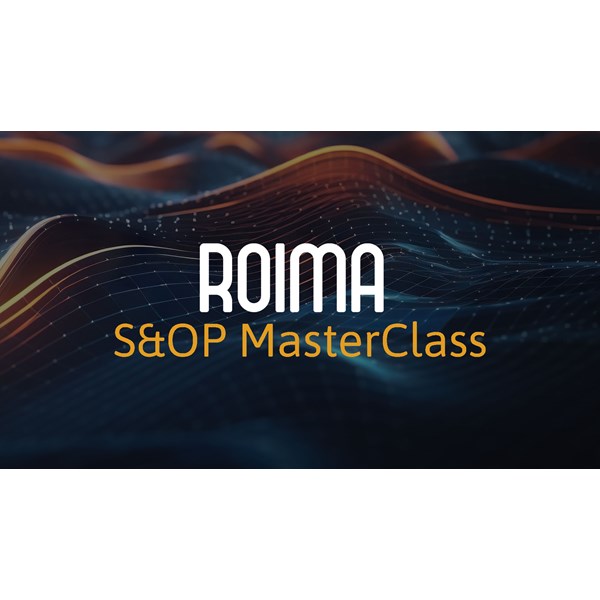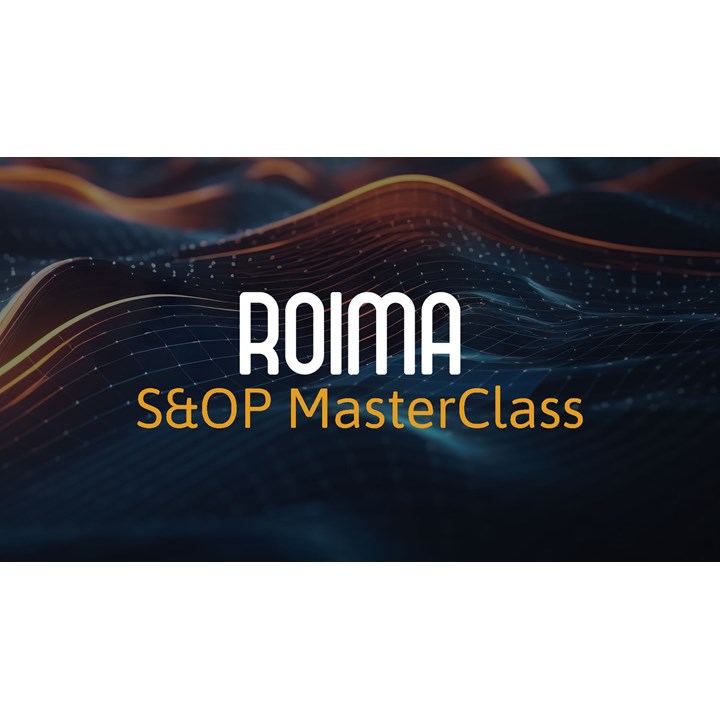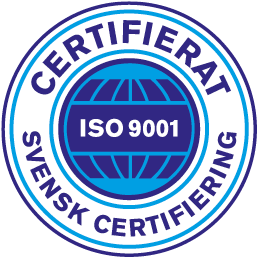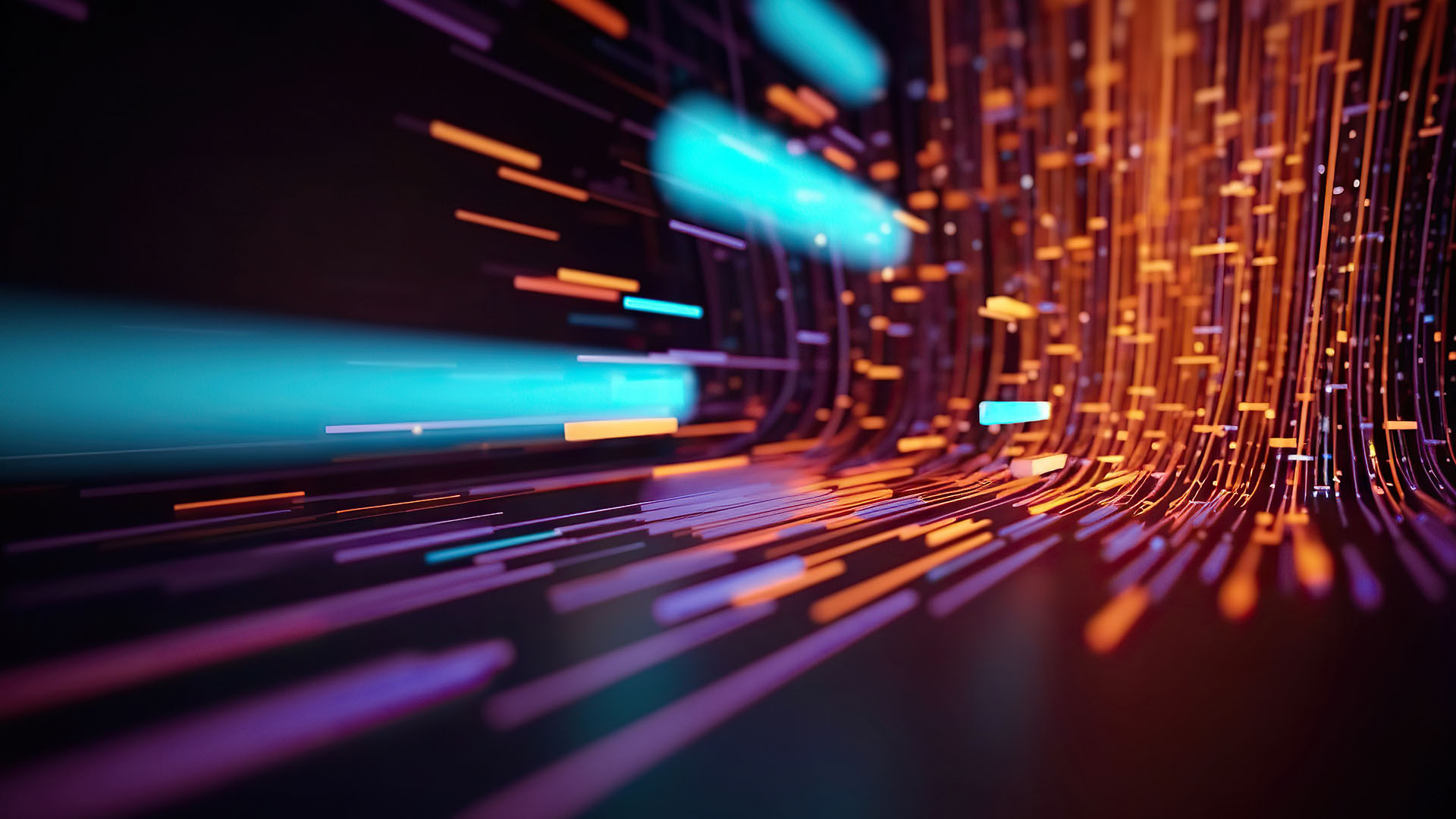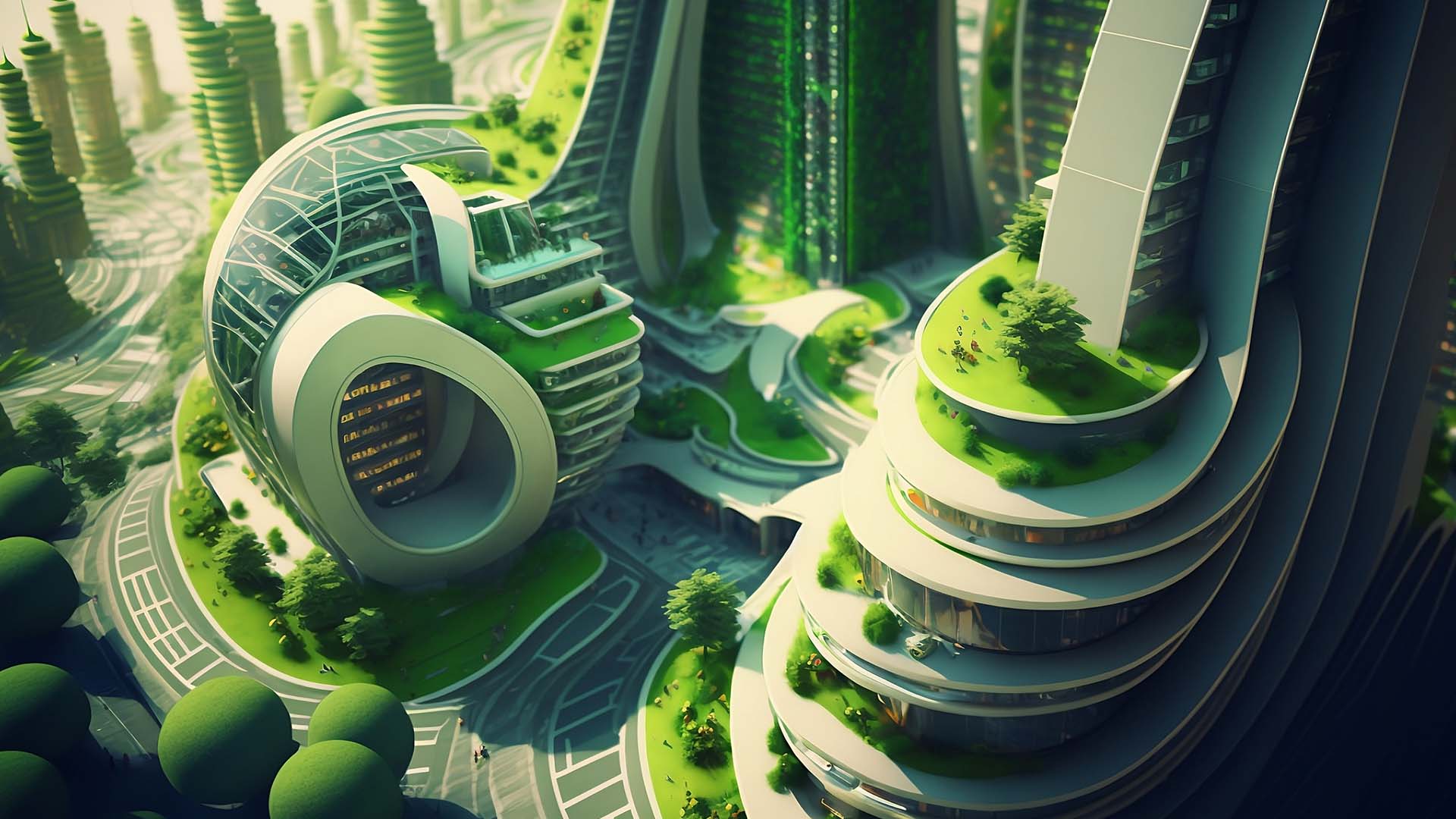S&OP MasterClass™
Learn from DLG - Sustainability in a Supply Chain, Part 2
Welcome to this S&OP MasterClass.
These MasterClasses have the purpose of diving into Integrated Business Planning and Supply Chain Planning in general, hopefully giving you some good inputs on the way.
894064109
How do you operationalize sustainable initiatives in a huge supply chain?
In Part 2 of the DLG S&OP MasterClass, our guest, Flemming Højsager Persson will shed light on the specific obligations and responsibilities required to participate in the Science Based Targets initiative (SBTi), particularly from a supply chain point perspective.
Flemming Højsager Persson is the Head of Supply Chain Development at DLG. This episode will cover the following topics.
- Supply Chain Maturity and Sustainability
- How to handle owners and other stakeholders when investing in sustainability
- Consequences of sustainability for future supply chain planners
Your host is Søren Hammer Pedersen
Visit DLG
—
This podcast is produced by Montanus.
In This Episode
Listed below are the most essential timestamps from the podcast episode to make it easier for you to find the topics that interest you.
00:42 Supply Chain Maturity and Sustainability initiatives
05:07 Strong Competencies in logistics are Key to sustainability in Supply Chain
08:10 How to handle stakeholders when implementing sustainability initiatives into supply chain.
11:32 How do you see Supply Chain Planning change in the future?
15:36 What consequences does the future supply chain planning restrictions have?
21:29 What will the Science Based Targets mean to DLG?
Full Episode Transcription
Søren Hammer Pedersen:
Hi everybody. Søren from Perito Consulting here. Just wanted to make sure that you know that this is part two of a two-part series on this S&OP masterclass. In the first part, we talked with DLG about the company and the high level impacts of sustainability. In this episode, we dive more into the actual consequences and what they’re going to do about it. So if you haven’t checked out episode one, go back and see that. Otherwise, enjoy the show of this part two.
But when you’re talking about transportation, but also curious around, looking at this, again, huge supply chain that you have, you can’t do everything at once.
Flemming Højsager Persson:
No.
Søren Hammer Pedersen:
So on maybe what you already have focused on and will focus on in the near future, do you have some areas that you already now know will be where you start in your own supply chain?
Flemming Højsager Persson:
Yeah, yeah. It’s a good question. One of the key areas that we are looking into is actually something we work on a couple of years, is what we call maturity in our supply chain. Because DLG is an extreme operational company. Yes, we have been very proud for many, many years, and even decades, that we are good at firefighting. Meaning that if the farmer calls in this afternoon, four o’clock, he needs something for tomorrow because if he doesn’t get the feed, some animals will start starving, potentially dying of course, but more importantly, his production will go down. And sometimes they can’t get it up again. So it has a huge impact on their business. Normally, we’re quite proud of saying, “We firefighter, we get everything solved,” but that is of course by changing the production plan, putting in an extra truck, and so on.
So now we’re talking maturity in our supply chain where we are starting to lift ourselves a little bit up. So by having day-to-day firefighting, we are just also just talking about operational planning. Tactical’s coming a little bit more, strategic will come, but it’s a little bit further ahead, but just by moving up saying, “Okay, we have day-to-day, so what if we start just looking a half week forward, or even a week forward?” Being a little bit more operational and then also addressing the tactical part. That’s why we are putting the maturity, because we are, one thing is the planning part, but we are also working on what I would call supply chain design. So our network structure, with so many factories, as I mentioned before, so many locations where we are constantly optimizing, closing down, selling off, but also moving activities around. We need to be able to design our supply chain, simulate working with scenarios, business cases and so on.
And that is a very important area together with the planning where we need to put the sustainability factor in. Not necessarily by tomorrow start to decide based on sustainability. We just need to have there as a factor, so we can see that if we decide to move some products that’s produced, for instance, in all those factories which we are closing down now as part of the design project into another factory, it might be the most cost-effective. We will probably go a little bit up on CO2 on the inbound, but perhaps we will lower it even more on the outbound part. And that is something we are starting to look into.
So in our planning, maturity wise, but also by introducing this, the thoughts about supply chain design or network structure, is extremely key for us as a starting point. Besides all the physical with solar panels and changing company cars and so on, because that’s been worked on, but it’s been worked on by others in DLG. So we try to focus on the core, so down in our production, in our logistical setup. So what can we do there? We also of course look at other fuel sources for our trucks and so on. But yeah, that’s a different story. But there of course we are also doing something, but this is actually where we can do something tomorrow, with a clear impact.
Søren Hammer Pedersen:
But I think that’s very, very interesting because I think again, where you are a bit different from what we had talked with other companies around this, because I think many companies, they have, and maybe rightfully so, standalone, one-off initiatives. Soy could be a very good example of that. Find out where are the low hanging fruits or at least the big areas of course. And we set up projects around them, and we try to fix that. And that can have a huge impact. So I’m not saying that’s the wrong strategy, but I actually think what you’re saying here is, as a general recommendation, very interesting, that we also have to have a certain level of maturity and planning horizon here, to be able to include this sustainability in going forward, because the demands will go up on this.
Flemming Højsager Persson:
Especially because, so we also work on the other, but you say-
Søren Hammer Pedersen:
Yeah, I know.
Flemming Højsager Persson:
It’s such a big company, basically, you need to find something where all teams and all departments can work on something. But this is actually key to me that, talking about maturity, but because when we talk about maturity, we also need to talk about competencies.
Søren Hammer Pedersen:
Yes.
Flemming Højsager Persson:
And I’ve been working for DLG for two-and-a-half years, and I’m a little bit of part of the new breed where you can say previously, we had a lot of either farmers, but also neutral experts within the farming industry and feed production. Not necessarily the best one, and doing logistical optimization. So now we are bringing in a lot of more supply chain specialists that has studied some kind of supply chain or production optimization and so on, and bringing that in to the play, where I… Actually, in a conversation a couple month ago with our supply sustainability director, Yada, we had a talk about a project where we are working together with the farmers on forecasting.
I can also level a bit on that, but we talked about that it’s not special what we’re doing. So we want to plan what is being put into his silo at the farm. In DLG, we’ve been working on that for many years trying to find out how can we evaluate or estimate what is in the silo, when do we need to reorder? So we had a talk and you say, “Yeah, this is a big project, and it’s new, it’s special. It’s not something anyone has done.” And then other people also told him that, “Okay, if you come from the industry, which I’m coming from, we’ve been working with Kanban systems and vendor-managed inventory for decades.” So it’s not new. We just need to bring some industry knowledge into the farming industry or into the agriculture. So also by moving initiatives or resources or competence experience from one industry to another, can put things into motion.
So that’s a big initiative we’re working on as well, trying to move our planning down the supply, or downstream to our farmers, down to our owners, that instead of they ordering on a short horizon every single day, I think we have a couple of handful of customers now where we are testing it, trying to get some signals in from their systems, to try and estimate when is it time again for him to get some feed without basically going into back order, if you use that term. They don’t do that, but basically it’s critical there. So it’s just setting inventory levels. And that’s extremely interesting because that will also have a clear impact on the climate, because again, we can limit the number of times where we only deliver 10 tons to him instead of 38 tons, which is the optimal. So extremely important as well where we have just to knock open some doors and yeah.
Søren Hammer Pedersen:
Yeah. It sounds from an outsider outside the company, it sounds like many of the things you put in place, one thing is to raise the maturity and set in new processes, set in new tools, whatever it could be. But it also sounds like it’s a huge communication task-
Flemming Højsager Persson:
It is.
Søren Hammer Pedersen:
… making this change.
Flemming Højsager Persson:
Yeah, it is. Because you could say we are proud of being owned by the farmers, but we also have 25,000 of them. So it’s not just that we need to link up to 100 of them. Of course we have some big ones, but it’s a huge communication. Both to them, to try and get this collaboration up and running because there’s a lot of GDPR, a lot of different obstructions by just saying, “We need to get a lot of data from you.” We need to be able to handle it, but we also need to have access to it and the confidence that, “Okay, now we can take over the planning.” What is the benefit for them?
But especially also internally, because we have a large sales force that has been used to being the link between a farmer and our customer service. So they were proud of the firefighting. So they’re proud of that if the farmer calls in saying, “John, you need to help me because I’m running out of this type of feed tomorrow afternoon, I really need to get something.” Sure, I’ll help you. And then he has his primary goal this afternoon to get it into customer service and get it all the way through, because that was a success for him.
And now we are boycotting that step. So it’s also important to have the sales force part of this journey. That they need to sell that service into the farmer, trying to convince them, of course, knowing that they’ll be sidetracked a little bit, because there’s a lot of culture and habits in this as well.
Søren Hammer Pedersen:
Yeah. But are you get generally getting positive feedback?
Flemming Højsager Persson:
Yeah.
Søren Hammer Pedersen:
I know it’s a-
Flemming Højsager Persson:
Yeah, we do.
Søren Hammer Pedersen:
… tough… Yeah. So it’s
Flemming Højsager Persson:
Yes, we do. Yeah.
Søren Hammer Pedersen:
It’s also something that can make people proud that you have this, I guess.
Flemming Højsager Persson:
And it’s also part of a bigger agenda, which we didn’t start, but we’re part of it, it’s Danish Crown who starts something which called “Andel 2.0” or Corporation 2.0. So looking into how can we optimize it? The old corporation thought was back from the 1800s. So looking into new perspective, how can we do something in the value chain where we can, again, back to cost, can actually give the farmer a little bit more for the meat he’s bringing, in on the pig side? So because that’s the carrot for him that he’s able to… If he for instance, say, let DLG fill up his silo, and if he’s still having a lot of customized recipes, he can go down to some standard ones. If he correspond to that and say, “Okay, I’ll put away my authority and then give it to you, the power, that then I’ll actually earn more because then I can put my effort into running the farm,” and running the quite complex production which industry or professional farm is today, instead of being on the computer, being on the phone, trying to make sure that you get the products.
So the corporation also with the Danish Crown, we have moved a bit further. So we are having tests both on farmers that are producing pigs, but also cows and also chickens, which is our three main segments. But positive so far. Yeah.
Søren Hammer Pedersen:
And this, I think just how you can say how things are now, but of course the bit tricky question is also looking a bit ahead and giving your 2030 targets. And if we’d be very specific, just curious on how do you see your supply chain planning changing over these years towards that target. You talked about maturity and planning horizons, but for your department, your employees, how will things change, do you think, when you look ahead?
Flemming Højsager Persson:
Yeah, a lot of things will change. Especially if you look baseline now or last year, and then for instance, 2030. We are helped with that. We are doing a very large business transformation project at the moment, which we call Maya, which has the largest delivery in the project is a new SAP platform, where we have decided to do greenfield because our old platform is from 1998, so quite old. A lot of customized because that was in back when we did it the last time, less than now, more customized. Now it’s flipped. So we’re turning all the buckets at the moment, moving all the stones, looking what’s underneath, what can we optimize?
And so we are being helped by this very large transformation focus within DLG. So it’s hitting our organization like a big train. I know you lose that vision then, and especially we can say it’s a big train. But we are using it quite actively within our supply organization where we for instance, we have some factories in England as well, one factory there, mineral factory, where we, as part of the project now, have decided to, instead of trying to build competences on a little bit more complex planning over there, we have moved centrally to Denmark.
So we will see a lot in our Maya Project where we are using the project as a game changer for optimizing our planning. And that will be, I think, to a large extent, more centrally, but also with Rosa’s responsibility, building up what is needed locally, but especially centralizing. Because we need more tactical planning, we also need statistical planning, but especially the tactical and separating operation from tactical is the big thing for us. But also applying analytical resources, because things are getting more complex. Supply chains are more complex.
Søren Hammer Pedersen:
Yes. Data is growing, yep.
Flemming Højsager Persson:
And we have a huge amount of data, and with this new platform we will get even more. And as you know, if it’s not structured, if it’s not something in a form you can use, then it’s just actually a pain for you that you have all this data. So we also need the competences to use the data. We need more specialized systems for planning and forecasting for segmentations of our products. Because as mentioned, we have nine overall supply chains. If you break it down, we have huge amount of variance. But back to the maturity, A part of the journey is also that we are putting more effort now into, in our organization, to address that.
We don’t have all these flows that people call different things. No, we have nine supply chains. So we are putting a lot of methodology into our organization, talking about different supply chains and transportation mode. So it’s more structured, because that is what we need to use when we are moving the business. Moving our teams away from more operational focus to, yes, still operational, but also linked with some tactical, with the analytical part. And you could say strategically, that’s more the design process. Of course also S&OP, but especially the design, because when we are moving factories around, closing down, potentially building a factory that needs to be on the strategic part that then needs to drip down.
Søren Hammer Pedersen:
But do you also see it being very operational down to the individual planner for instance, in the sense that, could we have a situation in two, three, four, five years’ time where in DLG, a planner is not allowed to make a certain planning? It could be a weekly decision due to the fact that this will increase CO2 too much.
Flemming Højsager Persson:
Yeah. Yes.
Søren Hammer Pedersen:
Just give an example.
Flemming Højsager Persson:
A clearance will be yes, but also follow with that, with having the DLG spirit in mind and our values, we need to bring information down to the individual planner so he or she can take the decision and light it on what will the impact be? Because even though CO2 emission is a clear target for us and something that we need to say we can’t decide going for something else, we need to reach the target. We still have an obligation as a corporation to… One thing, we need to always be able to accept all the grain coming in when the farmer wants to deliver to us.
Søren Hammer Pedersen:
Yes, of course.
Flemming Højsager Persson:
We have a duty there, but we also have a duty obligation to deliver feed to any farmers. We can actually not say no to a customer. That’s also constraining our supply chain, but that’s an obligation and that comes down to what the planner needs to do. So he or she need to be able to decide that they’re doing something, if there’s an emergency order or whatever it might be, that, “Here I’m taking a decision that has a negative impact on our CO2.” But they just need to do it enlighted. And then we need to have the setup so that it can be caught, you can say, in our analytical and follow-up process so we can evaluate, how did we get to that situation where John had to take that decision?
So was it because something was not working as it should, in our setup? Has some new kind of variant popped up in our process that we need to take care of? So we are constantly following up and learning from that situation so we don’t get into it again. So I don’t think it’ll be a situation where he or she can’t do it, but they need to know what they’re doing. So the impact on CO2 being one of them, but potentially also other things. But they need to have that information, and that puts a large constraint on our systems and so on.
Søren Hammer Pedersen:
Yeah. So coming back to the people and the communication in the sense that, of course we’ll have some rules, but I guess it’s more of helping the planners have the right informations to make the best decisions, luckily. It’s more fun you have to have than just being told what to do, of course. Yeah.
Flemming Højsager Persson:
Yeah. Because when you are adding in nerds or specialists, as we are doing now, especially for my team, we need to be quite careful that we’re not building, you could say, a company within the company. So every time we need to take a decision, it’s those wise people over there that need to take it. Now, we need to bring it into a cooperation with all our key personnel, which is the one sitting doing all the orders every single day. So we also need to have the specialists trying to upgrade our key office staff. We’re just support people, and we need to remember that. We’re not taking over anything. And I think it’s also an important focus to having that, because that’s often what you see as an issue with introducing more specialized workforce. How will they cooperate with your regular, I don’t know if that’s the right word, but I would rather say the key ones, because the ones taking the phones, the ones making the orders, doing production plan, that’s the key personnel. We as specialists are just supporting. So we need to get that cooperation up and running.
Søren Hammer Pedersen:
Yeah.
Flemming Højsager Persson:
Yeah.
Søren Hammer Pedersen:
So what you are of course also saying is there’s this two-sided optimization as we talked about with the finance and sustainability-
Flemming Højsager Persson:
Yeah.
Søren Hammer Pedersen:
… that’s also actually going to be maybe work/life improving for many of our people working within supply chain. Because they, of course it’s a new area, but still very meaningful, and tasks they will have going forward.
Flemming Højsager Persson:
And lot of them, when we are talking about things where we say now we want to measure, simulate the transportation cost and how many kilometers are our truck driving and so on, the planners, they are actually quite keen on getting the information. Because they have thought a lot of times, when they’re doing something saying, “If I knew how many kilometers and what impact,” so they’re actually eager to get the information. And so we need to follow that one because they’re sitting in the swamp every single day, trying to get it fixed. But we have an obligation to create a system where we limit, as I said before, the situations where you need to take a bad decision. Because otherwise, the whole setup is not working.
Søren Hammer Pedersen:
No, no, that’s for sure. It sounds like you really have some very good initiatives in place here. And I’m just thinking if we, maybe as a last point on a last topic, talk a bit about the future and what could be achieved with sustainability addressing this area. I think we use the picture of the train, I think it’s a very good… I think you have a choice-
Flemming Højsager Persson:
No. No, no.
Søren Hammer Pedersen:
… for many larger companies. You have to take this serious, both from a legislation point of view, that that will continue, that development that we see at the moment, but also having a huge push from consumers, from society, from employees, for that matter-
Flemming Højsager Persson:
For sure.
Søren Hammer Pedersen:
… to work with these things. But also, for me, it sounds like you have a firm belief that this will be a huge benefit for DLG in end.
Flemming Højsager Persson:
Yeah.
Søren Hammer Pedersen:
Could you elaborate a bit about some of the, what do you think will be achieved reaching these targets and the directions you have set now?
Flemming Højsager Persson:
Yeah, for DLG?
Søren Hammer Pedersen:
Yeah.
Flemming Højsager Persson:
Yeah. Actually, I’ll start with what you said about the employees because it’s, we have the issue for DLG being, just a little bit older, some would say, dusty company because agriculture is set up where you move the old picture, for instance, from the harbor here, that you move some big bags around with graining and it’s… You’re not top of the food chain. If you are just hiring in warehouse workers, they don’t consider that business more interesting than working in a warehouse where you, for instance, move boxes with clothes around. So employee branding is very key here, but that’s also on top of the agenda on our creating the future 2030 strategy. That we want to put away the dusty part and then have this that we actually starting the food chain. So we are impact the entire food chain. So it’s actually extremely beneficial for you on a value basis to work for DLG.
We have a big obligation, as you said, as a corporation because we are owned by the farmers, but also by being on top of the list in Europe as one of the biggest ones. So we need to go forward and set the scene. And it’s important, extremely important that we take our own medicine. Of course, keeping in mind that we only, our own setup is only 1.2% of CO2. But by delivering in to the farmers, so I said before, when we work with sending feed into them and the way we’re doing that, we are affecting the 98%. So we need to constantly look into that part where we can put our customers, our owners, the next line supply chain downstream in a better position to take their decisions on how to operate within sustainability and so on.
So it’s also needed for us to continuously right as a corporation because basically, the farmer can produce feed themself, and they can also import, export. But we need to do something where we are constantly attractive for our owners, but also for new owners. The farming industry is also in a big transition where a lot of farms is being shut down. They get bigger, bigger, bigger. They have a generation issue at the moment because there’s a lot of farmers that are quite old. So what will the new generation look like and what will the new generation demand from a key supplier as DLG, for instance? So that way around, we need to work on it. Yeah
Søren Hammer Pedersen:
Yeah. There’s no choice.
Flemming Højsager Persson:
No choice at all.
Søren Hammer Pedersen:
But you’re also working indirectly anyway with the 98% in the sense when you develop new products, when you, to think like that, you have a very direct effect on what kind of CO2 emissions has been used to create these things.
Flemming Højsager Persson:
Yeah.
Søren Hammer Pedersen:
Yeah. I think it’s a huge topic, and has been so interesting, but we are running out of time, I can see here. Thank you very much for joining me here today, Flemming.
Flemming Højsager Persson:
You’re welcome, Søren.
Søren Hammer Pedersen:
… to have your perspective of things, and don’t be surprised if I ask you back another time to follow up.
Flemming Højsager Persson:
I’ll be delighted. I’ll be delighted. Thank you very much.
Søren Hammer Pedersen:
Yeah. And for you, everybody out there, thank you very much for listening in here today. We hope you got some tip and trick or got inspired by some of the very great things that Flemming mentioned here today. If you’re interested, we’re always ready to have a chat on these issues. You can find us through our website and just reach out. We’re very happy to connect with you. Other than that, have a great day out there, and thank you for listening in, and hope to see you back on this podcast soon again. Bye.


